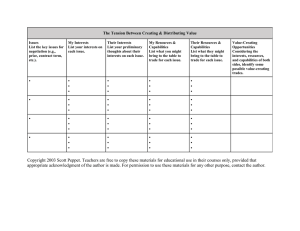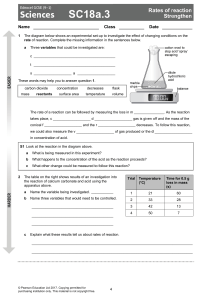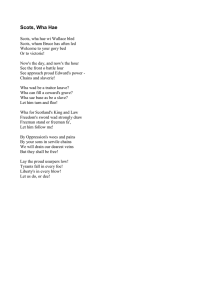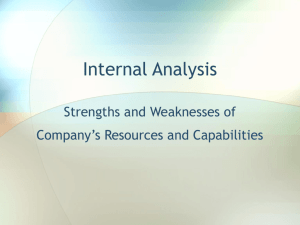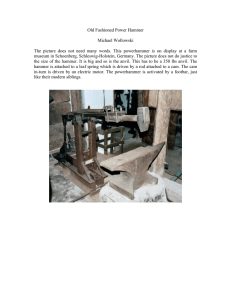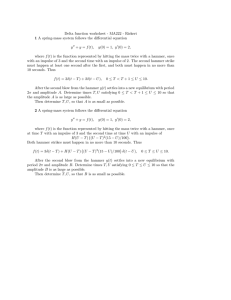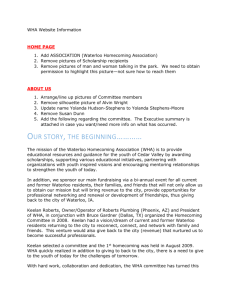Work as a Process - WHA Quality Center
advertisement
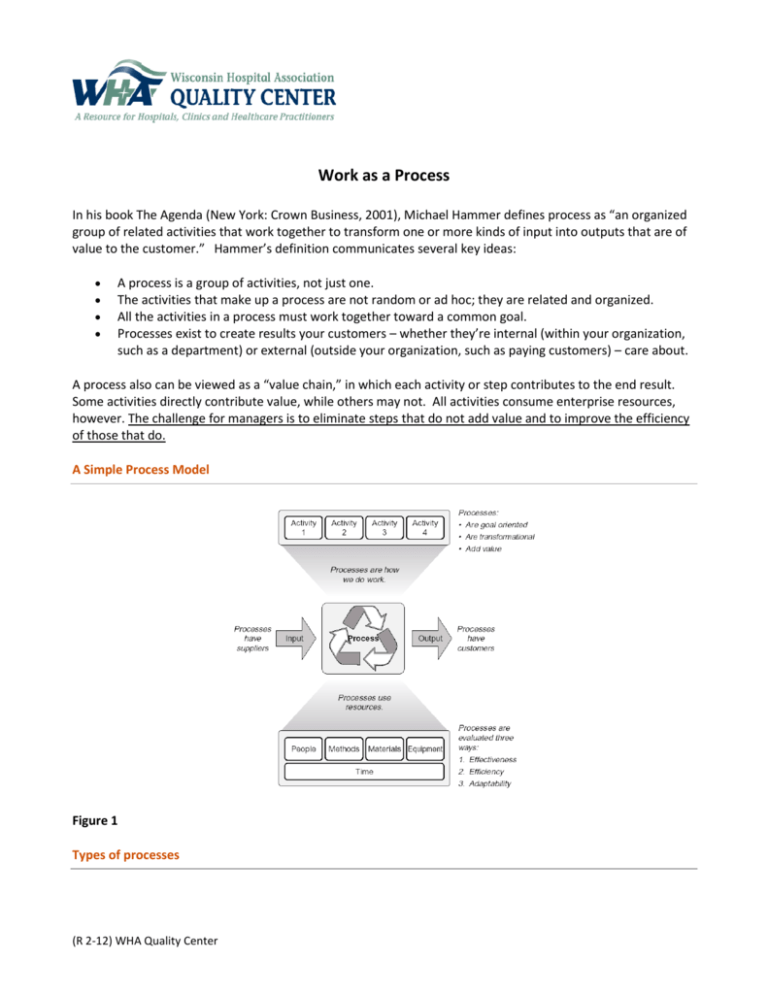
Work as a Process In his book The Agenda (New York: Crown Business, 2001), Michael Hammer defines process as “an organized group of related activities that work together to transform one or more kinds of input into outputs that are of value to the customer.” Hammer’s definition communicates several key ideas: A process is a group of activities, not just one. The activities that make up a process are not random or ad hoc; they are related and organized. All the activities in a process must work together toward a common goal. Processes exist to create results your customers – whether they’re internal (within your organization, such as a department) or external (outside your organization, such as paying customers) – care about. A process also can be viewed as a “value chain,” in which each activity or step contributes to the end result. Some activities directly contribute value, while others may not. All activities consume enterprise resources, however. The challenge for managers is to eliminate steps that do not add value and to improve the efficiency of those that do. A Simple Process Model Figure 1 Types of processes (R 2-12) WHA Quality Center Organizations use different types of processes to conduct work. Gabriel A. Pall (The Process Centered Enterprise: The Power of Commitments, Boca Raton, FL: St. Lucie Press, 2000) describes three important types of process: Management processes. These provide direction and governance for an enterprise. They are generally conducted by senior leaders to set organizational goals, develop and deploy strategy to attain goals, establish and manage organization designs and manage performance goals. Management processes also shape and manage the business and support processes used by the enterprise. Business processes. These are the processes that reflect the unique competencies of the enterprise and are mission-critical. They tend to lie on, or close to, the core value-creating activities of the enterprise and are the processes that are seen and experienced by external customers. Value-creating business processes begin and end with the external customer, tend to be large in scope, and commonly span multiple organizational components. While organizations may have hundreds of work processes, they usually have very few business processes (typically five to seven). Since this group of processes represents the core competencies of the organization, this is where performance improvement work should be focused. Support processes. Support processes exist to sustain the enterprise. Since the support needs of business organizations are similar, these processes tend to be fairly standard and are frequent candidates for outsourcing. The customers of support processes are internal customers – within the organization. While these three categories play significantly different roles, they must be aligned and integrated to enable effective performance of the total system. Effective and sustained performance improvement must consider the management and support processes as well as the core business processes. Types of enterprise processes Figure 2 Excerpted from Robert A. Gardner’s The Process-Focused Organization: A Transition Strategy for Success, ASQ Quality Press, 2004, pages 28-31 Source: Book (R 2-12) WHA Quality Center
